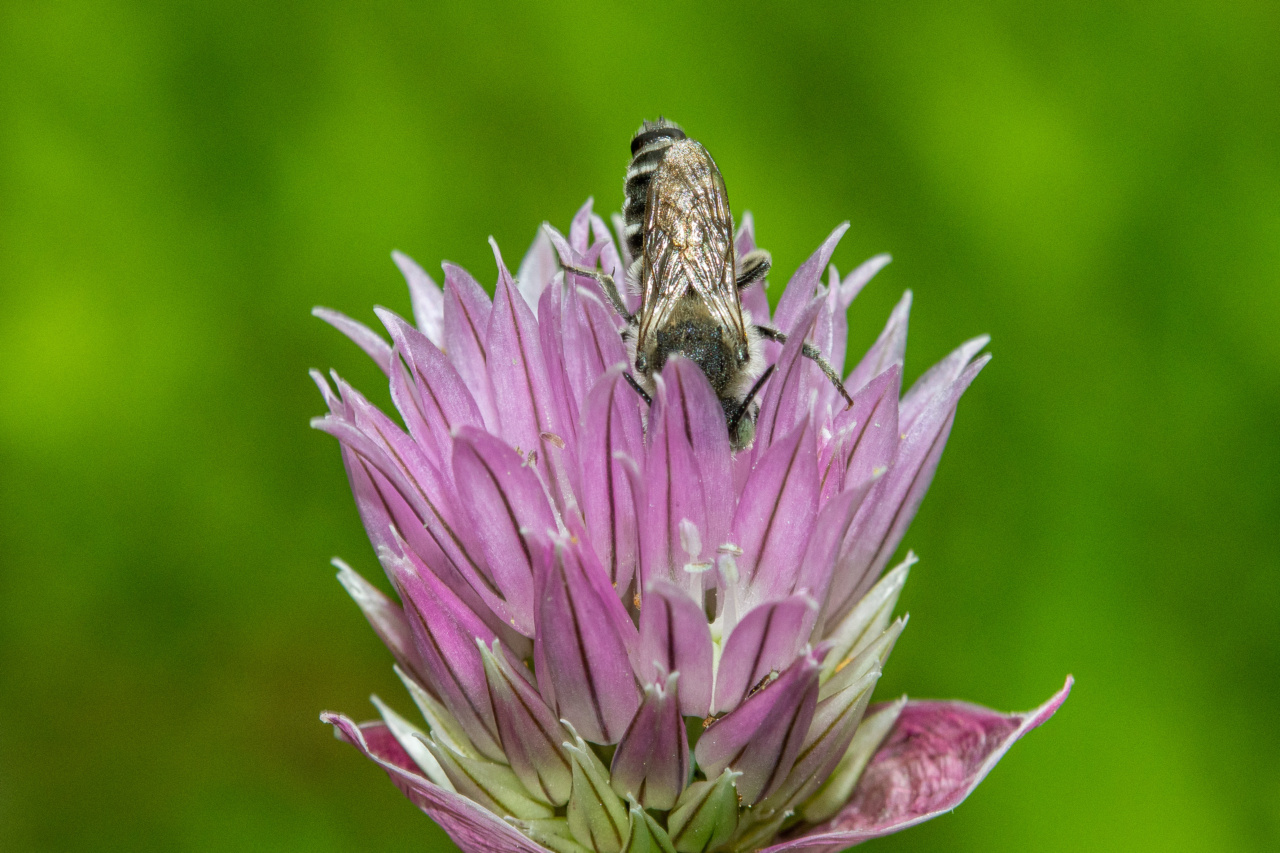Spring is a beautiful season that brings warmth, renewals, and growth. It is a time when the world seems to come alive, and nature offers new colors, scents, and sights to enjoy.
However, for many people, spring can also mean seasonal allergies, hay fever, and other eye-related issues that can make the season less enjoyable, or even unbearable.
According to the American College of Allergy, Asthma, and Immunology, over 50 million Americans experience various types of allergies every year, and spring allergies are among the most common.
Allergies occur when the body’s immune system overreacts to foreign substances, such as pollen, dust mites, pet dander, or mold spores, which are otherwise harmless. The immune system sends out antibodies to attack the allergens, triggering various symptoms, such as sneezing, runny nose, itchy skin, and red, watery eyes.
Common Eye Problems in Spring
Spring allergies can affect the eyes in different ways, depending on the type and severity of the allergens and the individual’s immune response. Here are some of the most common eye problems that people experience in spring:.
1. Allergic Conjunctivitis
Allergic conjunctivitis is a type of eye inflammation that occurs when the conjunctiva, the thin tissue that covers the white part of the eye and the inside of the eyelids, becomes irritated and swollen due to an allergic reaction.
The symptoms of allergic conjunctivitis can include:.
- Redness
- Watery eyes
- Itchiness
- Grittiness
- Swelling
- Burning or stinging sensation
Allergic conjunctivitis can be seasonal or perennial, depending on the type of allergens that trigger it. In spring, the most common allergens that cause allergic conjunctivitis are tree pollens, such as oak, birch, elm, and maple.
2. Dry Eyes
Dry eyes are a common condition that occurs when the eyes do not produce enough tears, or the tears evaporate too quickly, causing the eyes to become dry, itchy, and irritated.
Dry eyes can be aggravated by various factors, such as windy, dry, or dusty environments, air conditioning, and prolonged staring at screens or books. In spring, dry eyes can be worsened by the use of allergy medications, such as antihistamines and decongestants, which can reduce tear production.
3. Contact Lens Discomfort
Contact lens discomfort can be a common problem in spring if you wear contacts and have allergies or dry eyes. Contact lenses can trap allergens and irritants, causing them to accumulate on the surface of the lens and making it uncomfortable to wear.
In addition, dry eyes can make contact lenses feel scratchy, blurry, or difficult to remove. If you experience contact lens discomfort in spring, you may consider switching to glasses, or using eye drops or artificial tears to lubricate your eyes.
Preventing and Treating Spring Eye Problems
If you experience any of the above eye problems in spring, there are various ways to prevent and treat them. Here are some tips to keep your eyes healthy and comfortable during the season:.
1. Avoid Allergens
The best way to prevent allergic eye problems is to avoid the allergens that trigger them.
This may include staying indoors during peak pollen hours, such as early morning and late afternoon, using air filters to purify the air, keeping windows and doors closed, wearing sunglasses or goggles to protect the eyes from allergens, and washing your hands and face frequently to remove allergens that may have accumulated on your skin and hair.
2. Use Allergy Medications Carefully
If you have allergies, you may need to take medications to relieve your symptoms. However, some allergy medications can cause or worsen eye problems, such as dry eyes or blurred vision.
Antihistamines, for example, can reduce tear production and make the eyes dry, while decongestants can cause the pupils to dilate and affect vision. To minimize the side effects of these medications, you should follow your doctor’s instructions carefully, use them in moderation, and avoid driving or operating machinery when under their influence.
3. Keep Your Eyes Lubricated
If you have dry eyes, using lubricating eye drops or artificial tears can help to moisten and soothe your eyes, and reduce eye strain and fatigue.
Make sure to choose drops that are preservative-free, and avoid using decongestant or anti-redness drops, which can make dry eyes worse.
4. Practice Good Contact Lens Hygiene
If you wear contact lenses, it is essential to practice good hygiene to prevent infections and discomfort.
This includes washing your hands before handling your lenses, cleaning and disinfecting your lenses and case regularly, not wearing your lenses for too long, and avoiding sleeping in your lenses. If you experience contact lens discomfort, remove your lenses and see your eye doctor for advice.
5. Visit Your Eye Doctor
Regular eye exams are important for maintaining eye health and detecting any problems early on. If you have allergies or other eye problems in spring, you should see your eye doctor for a checkup, and to discuss any concerns or treatment options.
Conclusion
Spring is a beautiful season that can also bring some eye-related challenges, such as allergies, dry eyes, and contact lens discomfort.
However, by taking some preventive measures, using appropriate eye drops or medications, and seeing your eye doctor regularly, you can enjoy the season to the fullest, and keep your eyes healthy and comfortable.





























